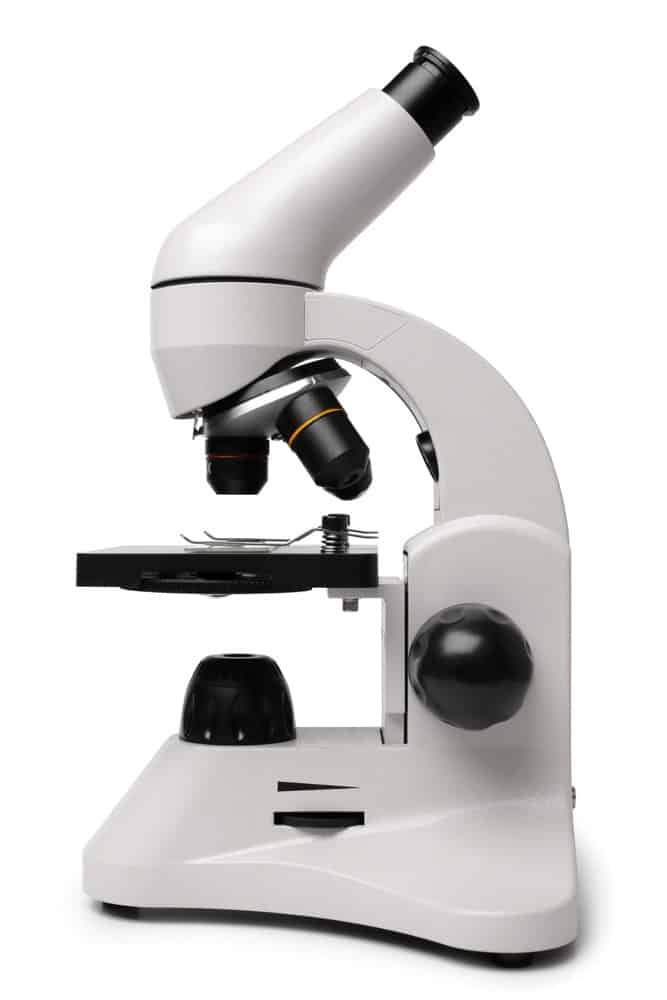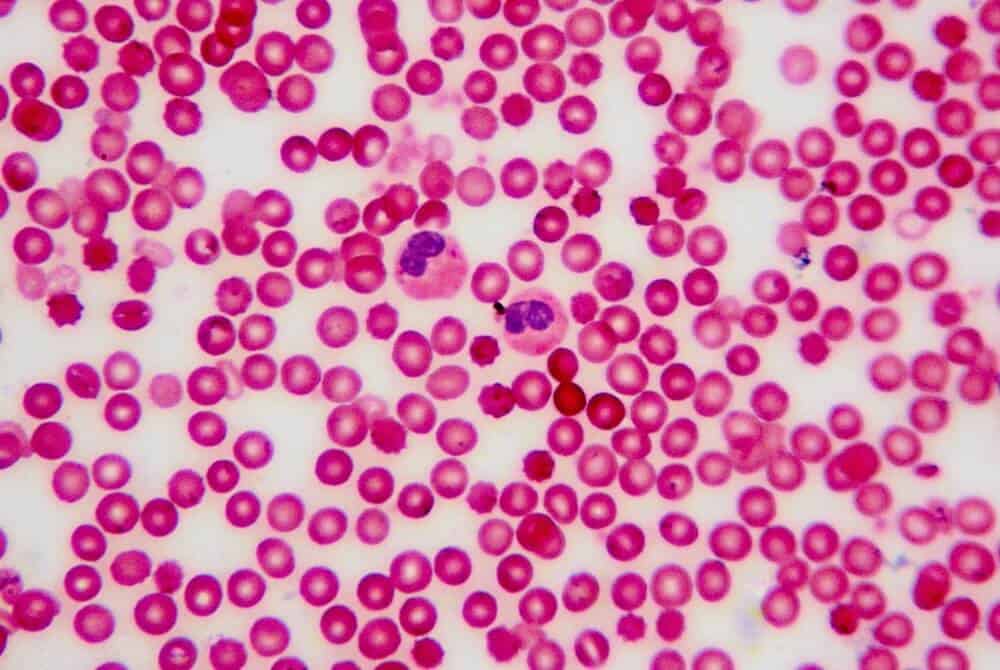Microscopes are one scientific tool that just about everyone has come in contact with at some point. Not only are they extraordinarily useful visual tools that help teach young students how infinitesimal the pieces that make up our world are, but they are also fundamental tools that help scientists break down unfamiliar things into more comprehensible pieces of matter. Despite these accomplishments, few can answer the question, who invented the microscope?
Today we have made huge advancements and have amazing tools like the scanning electron microscope, but microscopes have been around for hundreds of years now. While the early microscope has seen significant advancements in how exactly it functions, the fundamental design remains very much the same.
A light, objective lens, digital camera, and many other technological advancements have been added, but this optical instrument is simple at its core. It’s a series of tubes that magnify an object and make it easier to examine. But who came up with the microscope? How long has it been around? How different is it now? We’ll break all this down and more.
Contents
Who Invented the Microscope?

This historical question of who invented the microscope has plagued the minds of researchers for generations. While we would love to be able to deliver you a concrete answer, the truth is that no one knows for sure. However, history’s best guess lies in the hands of Zacharias Janssen, a Dutch spectacle maker who likely invented the first compound microscope around 1600.
It is critical to note that when we say compound microscope, this is what most laymen would mean when they say microscope. After all, curved lenses have been used for millennia to make things clearer to the eye and amplify light and the like. So, for a spectacle maker to have the idea to double or triple up on lenses to amplify the magnification effect isn’t particularly far-fetched.
How Powerful Were Early Microscopes?
While modern microscopes can provide levels of magnification that enable us to see a specimen, object, or subject thousands of times closer than we could otherwise, this is a relatively recent development in the world of microscopes. A simple microscope from the 17th and 18th centuries could only magnify objects by up to 20 or 30x.
While this was no small feat and undoubtedly led to the improved categorization of many different types of matter and animal life, it also helps explain why the existence of germs and other microscopic organisms went undetected until the late 19th century. However, single-lens microscopes were also developed in the 1670s and were used up until the 1830s, and they provided levels of magnification up to 270x.
This sounds quite remarkable when looking at the raw numbers, but it is essential to remember that images were perfectly rendered with these microscopes. In fact, they were quite blurry and distorted.
What Did Early Scientists Examine?
Early scientists using their microscopes had many things to examine, as you might be able to imagine. After all, think about everything in the world that we had yet to discover back in the 1600s. Not only were atoms not yet discovered, but even microscopic life was unknown to people.
However, these early microscopes could not yet examine such small creatures. With their hand-ground lenses, objects could only be seen at 20-30x their normal size. Eventually these hand-ground lenses would magnify objects by up to 200 times.
The earliest record of what scientists were looking at through a microscope is a slice of pork! Scientists would marvel at the pockets inherent to this cooked pork and remark upon the meat’s numerous holes that filled up its contents.
Robert Hooke was one scientist from similar times that was the first to study pork and consider what might make up the building blocks of life. Hooke even postulated that the cell might exist as a basic building block of life.
While early magnifying glasses could undoubtedly break down substances into smaller pieces, they weren’t yet capable of showing cells. However, using context clues and an imaginative mind, Hooke correctly predicted the existence of cells.
Another Dutch scientist, Antonie van Leeuwenhoek, was renowned for examining all sorts of objects, including the sperm of dogs and humans. In fact, these examinations could have helped Hooke come up with his theories on whether or not cells existed.
Leeuwenhoek used single-lens microscopes back in the 1670s to examine bacteria from the mouth and all sorts of tiny organisms that felt anachronistic for their time. These powerful lenses would highly distort the image, so Leeuwenhoek did not see a correct version of these objects. However, he could still understand that such small pieces of life existed.

Understanding the History of Microscopes
As we dive deeper into the history of microscopes and how they have evolved through history, it becomes easier to understand just how important they have been in human development. Without microscopy and the ability to take a closer look at the minute pieces of our world, we would not have nearly the understanding of everything around us that we do today.
Thanks to Dutch scientists and spectacle-makers, humanity was given a headstart in breaking down the building blocks of life and matter. At Optical Mechanics, we hope that this article proved useful and educational to you and that you leave here today with a slightly more significant understanding of who invented the microscope, how microscopy came to be, and its critical role in human development.

